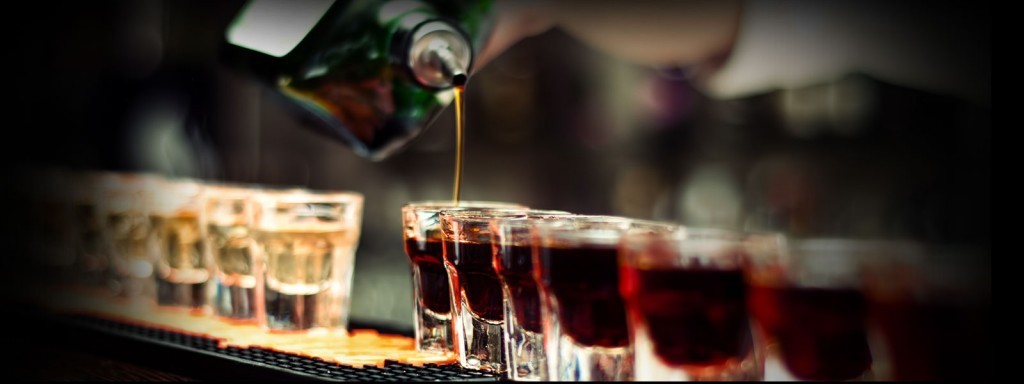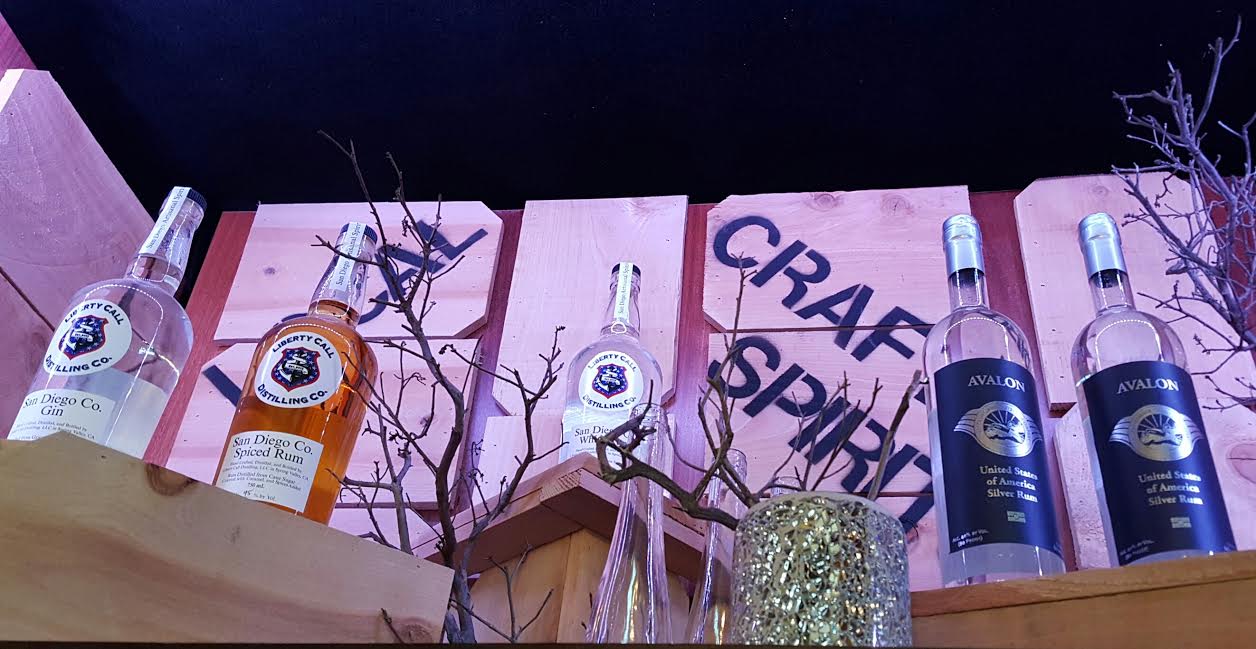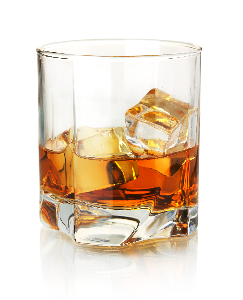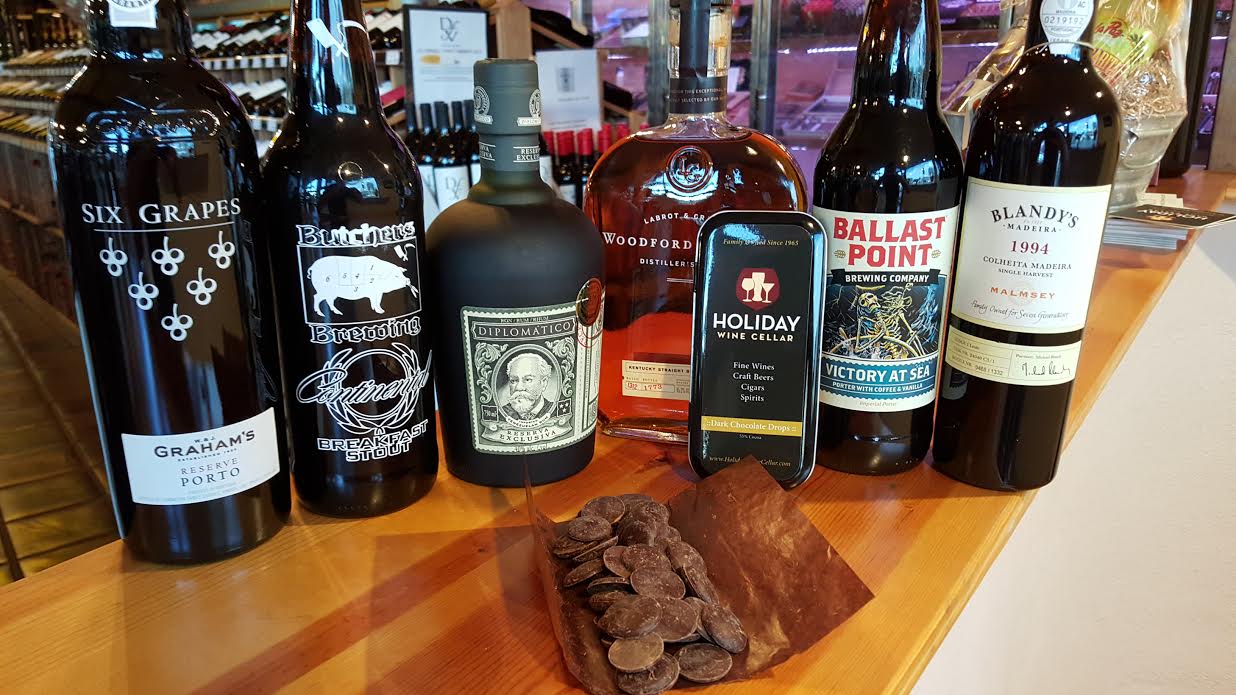When you think of tequila, you may think of shots or what you toss into a margarita. There are certainly plenty of tequilas out there for those activities. However, tequila can be a refined spirit — one that you sip and savor rather than mask the flavor of. Discover the details of this often misunderstood but fine liquor.
Where Tequila Comes From
The origins of tequila date all the way back to the times of the Aztecs, who enjoyed a fermented drink made from the agave plant. When the Spaniards discovered this drink, they started fermenting it on-site in Mexico. Eventually, the town of Tequila, in the state of Jalisco, became the main site of production. Today, most tequila still comes from Jalisco.
The Cuervo family, of Jose Cuervo, were the original commercial distillers of tequila, starting the practice in 1758. The other big tequila family name you may recognize, Sauza, started commercially distilling the spirit in 1873. The Sauza family first identified blue agave as being ideal for making tequila.
How Tequila is Made
As you can surmise from tequila’s history, the main ingredient in tequila is agave, specifically blue agave. The agave plant is a spiky-leafed succulent that resembles a large aloe vera plant. Distillers use the heart of the plant, called the piña, for making tequila. Some producers let the agave ripen or become overripe to give the tequila a specific taste profile, while others prefer under ripe agave.
The piñas are first steam-baked to convert their sap into fermentable sugar. From there, the distillers mill the piñas so they release the sugary juice. They blend the agave juice with yeast for fermentation. Some distillers add other fermentable sugars, such as cane or corn, at this stage. However, if a tequila’s label reads “100% agave,” only blue agave juice has been used.
After fermentation, the alcohol goes through the distillation process — the aim is a spirit between 55 to 75% alcohol by volume. Many distillers believe the lower alcohol content preserves the agave flavor. At this point, the distillers can choose to either age the spirit or sell it as blanco (silver) tequila.
How Tequila Tastes
The aging process has the biggest impact on the flavor of the tequila. The amount of oak aging influences both the flavor and the color of the tequila. Indeed, the flavor profile can be as complex as those used for wine or other spirits. Distillers can use barrels previously used for wine, bourbon, cognac, or whiskey. The use of new American or new French oak also influences the flavor.
Aging imparts color from the charred wood. Oils from the wood impart flavor, as do remnants from previous distillations in that barrel. Likewise, aging in wood tends to smooth out the acidic flavor of the agave.
If there is no aging, as in the case of blanco tequila, the agave drives the flavor. Blanco tequila is clear and features a bright, somewhat acidic flavor profile. Many bartenders like to use this spirit in cocktails so you get only the flavor of the agave.
The next designation for tequila is reposado, which translates as “rested.” Here, the spirit has been aged from two months to one year in oak barrels. Reposado tequila is golden colored and features a balance of flavors from both the agave plant and the oak aging.
Añejo, which means aged, is the next designation. This tequila has been aged in oak barrels from one to three years. The spirit is amber-colored and features more flavoring from the wood. You can detect flavors such as vanilla, clove, spice, and other wood-based spirit flavors.
Extra añejo tequila has been aged for more than three years, so the spirit takes the majority of its flavor profile from the oak barrels. The color can be as dark as mahogany.
Any aged tequila falls into the sipping category. Truthfully, you’ll have to experiment with different distilleries and age designations to find the ones that most appeal to your palette. Visit Holiday Wine Cellar for recommendations on which tequilas to try, but don’t be surprised when you find that Holiday Wine Cellar carries over 200 different tequilas.








